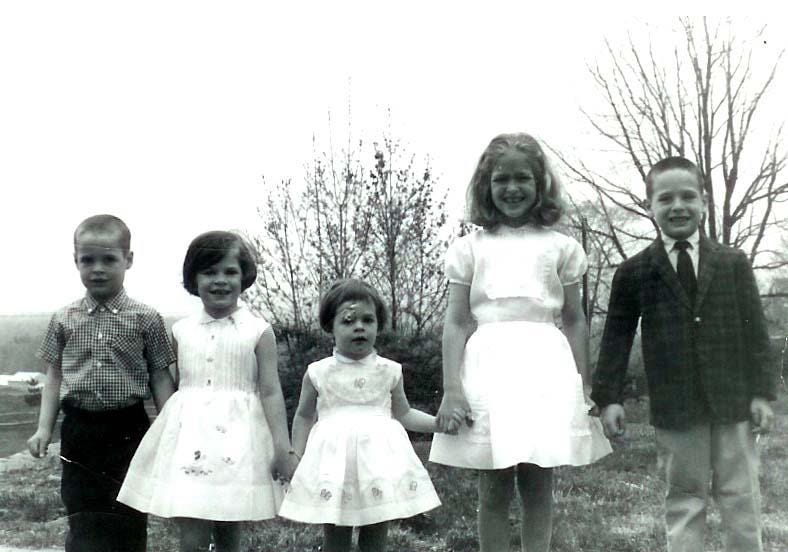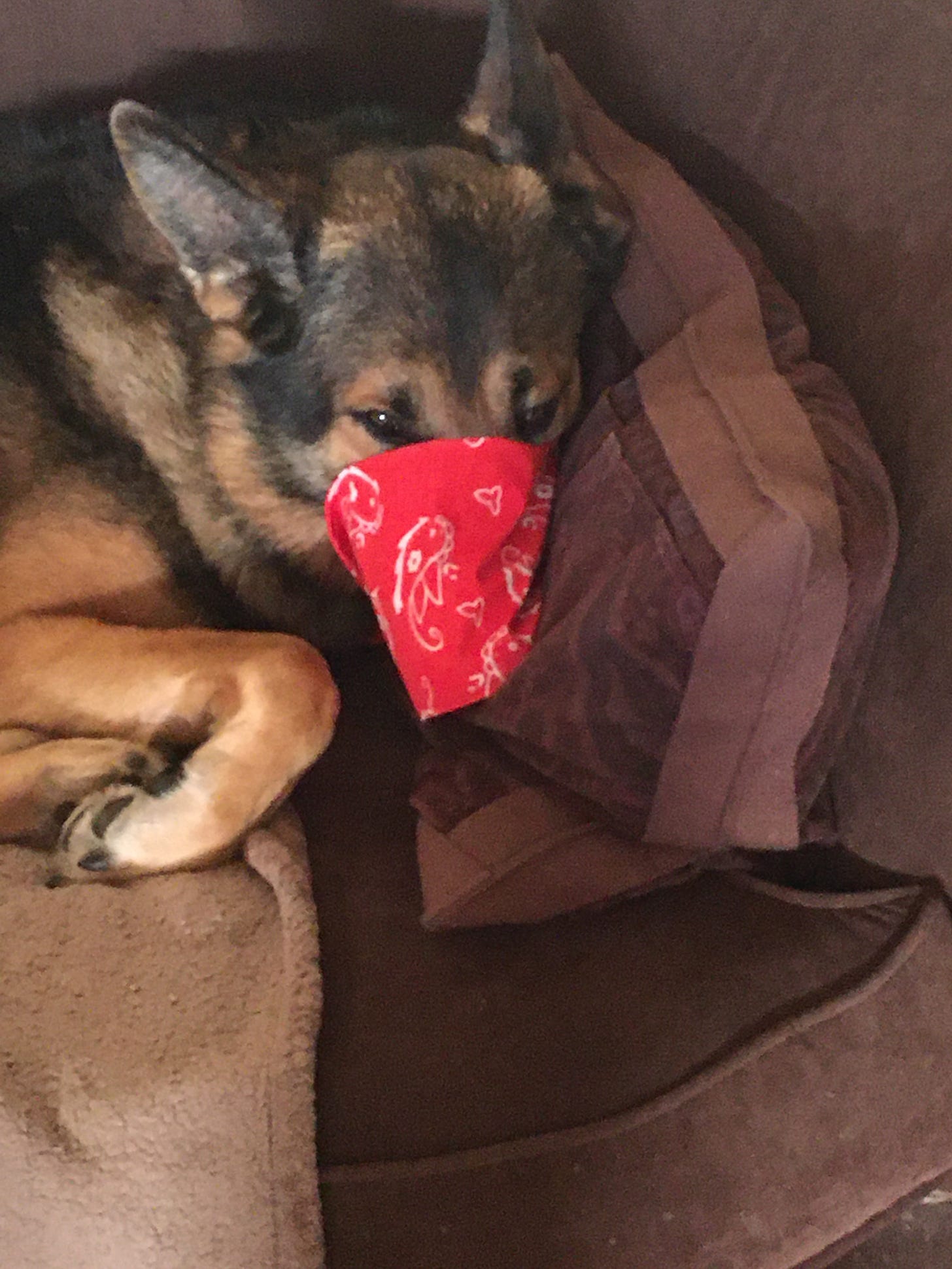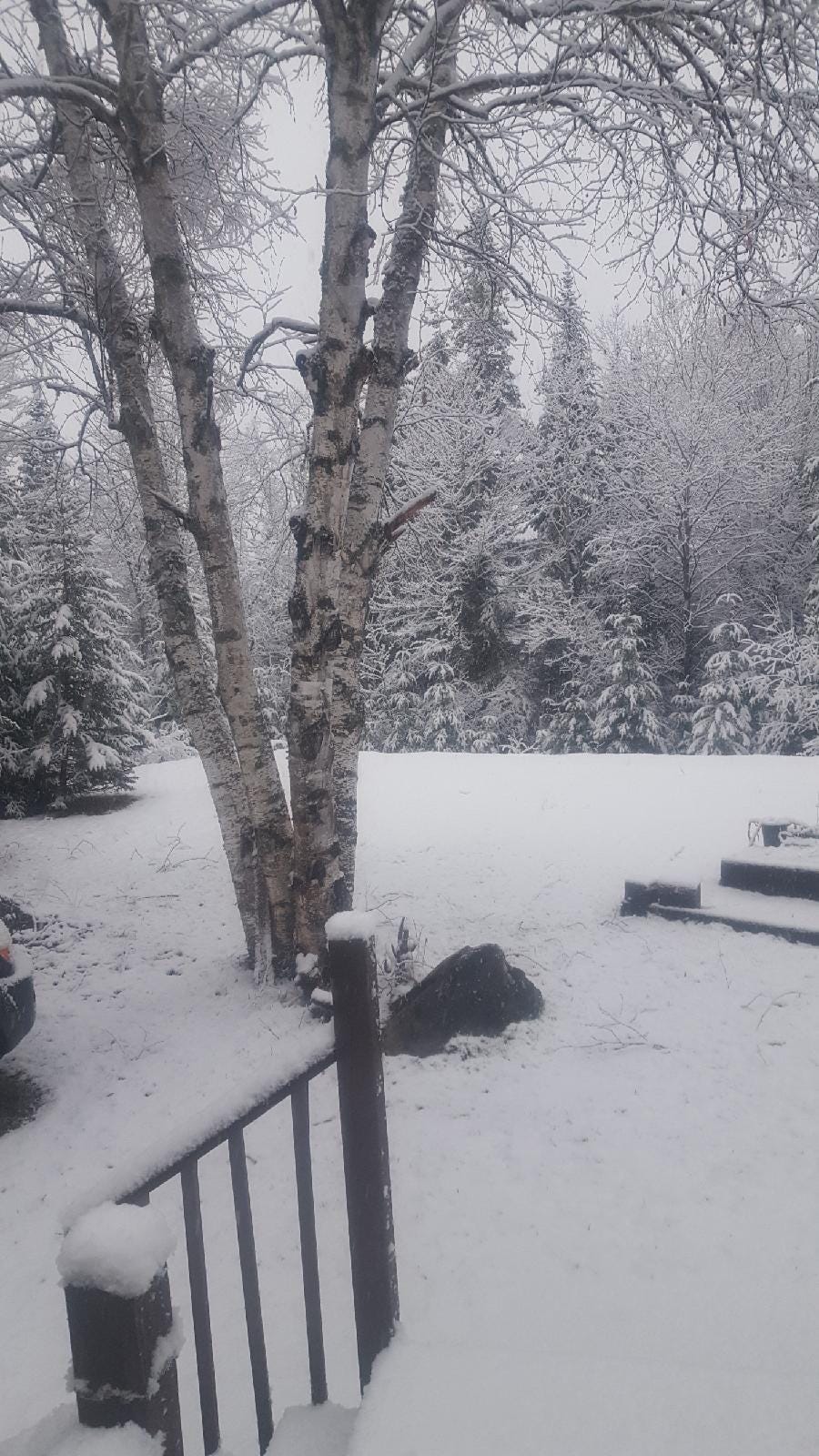“Ours is the only club I’d ever wanted to be a member of, so I couldn’t imagine quitting.” David Sedaris from “Now We Are Five” or listen to it here on This American Life
I almost danced in the kitchen yesterday morning. Quarantine conditions pretty much guarantee that a person can be sure she’ll be able to lip-sync to Stevie Ray Vaughan’s Pride and Joy and shake her decades-old butt in complete privacy. Call it my little rebellion against despair. I ran into my office to grab my iPod to bring back to the kitchen when I glanced at the news and learned that it was National Sibling Day.
Thoughts of dancing alone in the kitchen fled. If I danced, I wanted it to be with my sisters the way we used to when it was our turn to do the dishes. I wanted it to be on a crowded dance floor with my brothers and sisters and step-siblings while the DJ played Sisters Sledge singing “We Are Family.”
Maybe it’s the times we’re in. Maybe it’s because it’s Easter weekend. I wanted my siblings. I have two brothers, two sisters ( that’s us, above). I also have six step-siblings added when our parents changed things up back in the Seventies. It’s not your usual blended family. A quick rundown excerpted from a long-ago blog post:
Deep breath. Here goes.
My ex-husband, the oldest of six, is also my stepbrother. In my birth family, I am the oldest of five. In the family that formed after my mother married my-then-husband’s father, I became one of eleven. All my in-laws, in fact, are now my siblings. Except for my ex-father-in-law who is now my stepfather.
And that leaves out, of course, the marriages formed by the former spouses of my mother and stepfather. And the fact that my son could, I suppose, be viewed as his father’s nephew.
It is at this point in the “begats” that someone usually makes a crack about Appalachia or, as one former acquaintance did, starts air-strumming and humming the tune from “Deliverance.”
That’s a big mess of people. Holidays carried an element of danger — bottled memories or resentments could be uncorked just when the last bite of Easter ham or Christmas beef was swallowed. These days, I’d risk it. There’s also safety in that mess.
But now we are in the time of coronavirus. I’m thinking of all the times I told myself I’d make it east next year or that the next time I got to New Hampshire, I’d stay long enough to visit everyone.
I’m thinking of the nights in the pre-divorce days when my brothers and sisters and I would find ourselves awake in the middle of the night, sometimes afraid, sometimes bored, sometimes just lonely, and we’d climb into bed with one another. More than once, all five of us curled up in one bed insulating each other against the howls of a northeaster or the thunder of fighting parents. We didn’t have to explain or talk much about it later. Proximity was enough. Since then, of course, our bonds have been stretched and pulled by miles, years, and competing relationships. As some of us have migrated closer together, others, like me, have remained a continent away.
Is it weird to miss your siblings more as you get older? I think it has something to do with being known, even imperfectly. When I hear a brother’s voice on the telephone, FaceTime with one of my sisters, or get a happy birthday email from my ex-husband/stepbrother, I feel tethered to a time, place, and a family that still nourishes me, defines me. At the same time, I am aware of how lucky we’ve been to be in each others lives this long. We are, none of us, young. Some of us have been sick. My heart broke for my husband when he lost his only brother a couple of years ago. I see how he still misses him.
Is it weird to miss your siblings more as you get older? I think it has something to do with being known, even imperfectly. When I hear a brother’s voice on the telephone, FaceTime with one of my sisters, or get a happy birthday email from my ex-husband/stepbrother, I feel tethered to a time, place, and a family that still nourishes me, defines me.
Siblings share genetic material, we survive the same parents, we know things about each other that we don’t even know we know. We can hate or love each other with equal passion, often at the same time. You’d think I’d have material for a lifetime of writing but I have not yet been able to write about my siblings the way I long to. In fact I’ve been exploring the only-child world in my current novel-in-progress. I don’t know why. All I know is that my siblings explain a lot about how I’ve become the way I am, how I think, how I view the world. I think this is why I seek out stories about sibling relationships. Here are a few I’ve found.
Some Sibling-Inspired Reading
Short Read: Frank Bruni, New York Times columnist and one of four brothers and sisters: “The Gift of Siblings” in which he says, “I’m convinced that family closeness isn’t a happy accident, a fortuitously smooth blend of personalities. It’s a resolve, a priority made and obeyed.”
Novels
The Nest by Cynthia D’Aprix Sweeney. The Nest introduces us to the four mostly-estranged adult Plumb siblings after the trust fund set up by their late father is wiped out to pay for eldest brother Leo’s rehab and subsequent divorce settlement. At first, the plundering of “The Nest” pits them all against each other but ultimately leads to a kind of reconnection. It’s funny. It’s real. Satire balances beautifully with compassion. Sweeney’s writing instantly engages and even though her characters might be tough to like in a lesser writer’s hands, she has us rooting for each of them. This is Sweeney’s first novel.
Commonwealth & Dutch House by Ann Patchett. Patchett called her novel Commonwealth autobiographical; it drew on all she experienced after her parents divorced and her mother married a man with four children. The structure of the book can be a little confusing but for me, it worked beautifully. Then, too, every page resonated for me. I so rarely find books that take on large, messy, blended families and explore the sibling relationships with the grace, humor, and insight of this one. You can hear Ann Patchett talk about this book all over the Internet but I thought this short NPR interview captured the essence well.
In Dutch House, there are only two siblings - Danny and Maeve Conroy. The story, told from Danny’s point of view, spans a generation and reveals how a relationship that defines and nurtures us can also cement us to the ground, or worse. I loved this novel for the people and for the writing. Patchett is not a flowery writer; instead she is a powerful story teller and her material is the stuff of love, life, families.
Just added to my TBR list (this one is NOT about siblings)
I want to thank Janice, a subscriber from Palm Desert for recommending The Book Woman of Troublesome Creek. by Kim Michele Richardson. I looked it up and found that it was also selected by Heather John Fogarty of the LA Times for the United We Read Program — a project based on reading 50 books set in each of the 50 states. There are some great reads in her list. Fogarty writes: “This one is a historical novel about the real-life Pack Horse librarians, who promoted literacy by delivering books to folks in the Appalachian mountains in the 1930s. Richardson’s, however, tackles another piece of Kentucky history — and one I had never encountered despite having a brother-in-law living in Louisville. The protagonist is a woman who is a Kentucky Blue Fugate with the rare, real-life genetic condition methemoglobinemia, which turns white skin blue. The book examines the anguish of living in skin that is rejected by much of her community.”
That’s it. I wish you peace, health, and good reading.
Betsy
P.S. Here’s your moment of Zen…courtesy of my brothers
My brothers both texted me yesterday. The first one is from Seattle (the owner of Conrad the German Shepherd who understands all about social distancing) and the second one is from my brother who lives in New Hampshire (where Easter will look a lot like Christmas)






